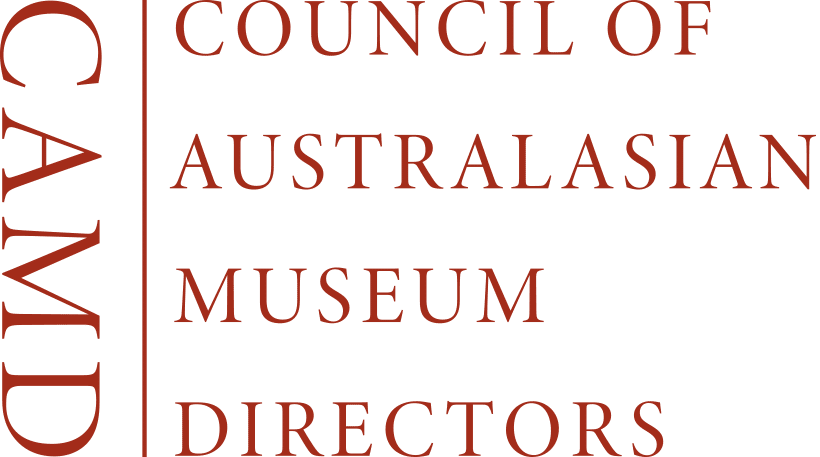Kim McClintock, Urban myth or reality? Did whales keep Wellington awake in the 19th Century?, Te Papa Blog, 24 February 2025
Last year a Te Papa curator approached the library team with an intriguing question. Could we help them find more information about the story that in the 19th century whales in the Wellington Harbour were so noisy that they kept people awake at night? The curator couldn’t find any first-hand contemporary accounts, known as primary sources, from the 1800s to confirm the tale and hoped the library team might be able to help. Cataloguing and Acquisitions Librarian Kim McClintock talks about her discoveries.
A search online showed that the story has been widely told. There’s a mention in Te Ara about Southern right whales keeping settlers awake in the 1840s, and the Department of Conservation newsletter mentions a visitor complaining about whale noises in the 1800s. There is even a mention of the story in another Te Papa blog post. None of the articles or books that mention whale noises refer to primary sources, though, and details of the story vary.


The next step was to look to Papers Past, the New Zealand archive of digitised publications, including newspapers, to see if there were any references in 19th-century newspapers. The references found in this search seemed to indicate that whales were not as prevalent in Wellington Harbour as the stories would have you believe. Most of the articles mention excited settlers hunting Southern right whales that entered the harbour, as shown in this article from the New Zealand Spectator and Cook’s Strait Guardian in 1854:
The articles all frame the appearance of a whale as a unique event, and there are no references to whale noise or complaints in any of the newspaper articles that have been digitised. This left me with the question if the story is likely just that, a story, where did it originate from?
A general google search using the keywords “whales awake Wellington harbour” resulted in a strange reference popping up from Lonely Planet Tasmania. It mentioned a familiar story, that in the 1830s whales were so noisy in the Derwent River that they kept people awake. So, if the story wasn’t about whales in Wellington Harbour, maybe the story was about whales somewhere else.
Using this as a jumping off point, I investigated whales in Tasmania in the 19th century. Since visiting Australia to search for primary sources was out of scope, I had to rely on digitised sources. Searching Trove, the Australian version of Papers Past, I found references from the 20th century about stories of whales in the Derwent River in the early 19th century being so numerous that shipping was affected. An example is this article from Sun News-Pictorial in 1931:

And this article from the Maryborough Chronicle in 1952 mentions whales keeping the Lieutenant Governor awake at night:

These references provided two names to investigate for potential primary sources for the Australian part of the story, Reverend Knopwood and Lieutenant Governor Collins.Reverend Robert Knopwood was a clergyman and diarist who immigrated to Australia in 1804. Luckily his diary from 1805–1808 has been digitised, and searching it shows he kept track of whales in front of his house on the Derwent River. The diary includes this entry on 31 July 1807:
“at 8 the morning very cold ½ past I see many whales opposite my House. making a great noise at 12 calld upon Mr Bowden who informd me that at 8 this morn there were 17 whales counted at the same time”.
The diary also showed that he knew Lieutenant Governor Collins.
David Collins was a British officer who was appointed the founding Lieutenant Governor of Van Diemen’s Land, later renamed Tasmania. Letters he sent to Joseph Banks the naturalist and botanist have been digitised, including a letter sent on 20 July 1804, which mentions the Derwent being “full of the Whales, called by the Whalers, the Right”:

While neither of these primary sources refer explicitly to the story of people complaining about whale noise, they do show that whales, Southern right in particular, were prevalent enough in the Derwent River for the noise to be noted and for a busy whaling industry to be supported. Though this whaling industry resulted in the decimation of the Southern right whale population in Tasmania by the 1890s.[1]
Through this research, it now seems likely that the stories told today about whales in Wellington Harbour keeping people awake in the 1800s originated in the Derwent River, Australia. At some point, likely with the movement of people from Australia to New Zealand in the mid-1800s, the truth drifted over the Tasman Sea, to become a story retold over 200 years.

Let us know if you have any insight into whales in Wellington – have you heard the story about Whales keeping people awake in the 1800s?[1] Whales in the Derwent on MercuryNIE

